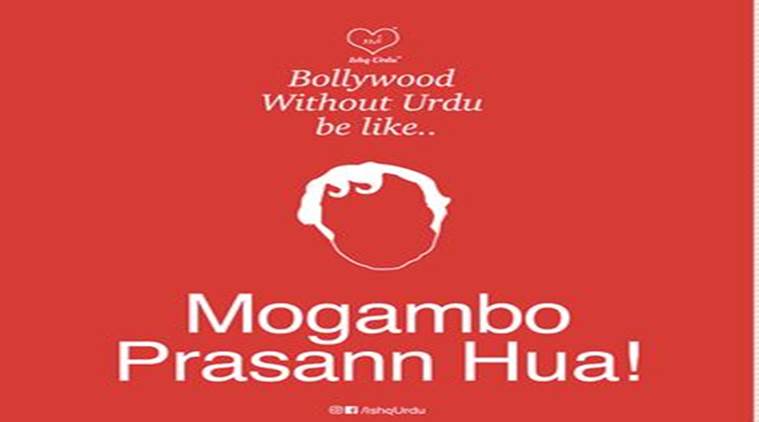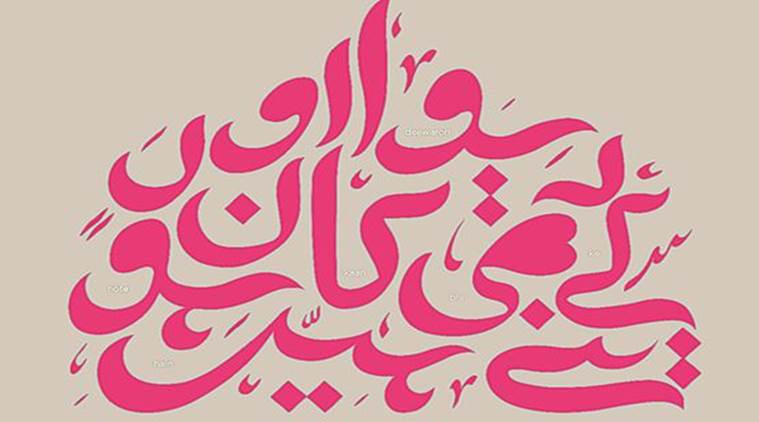NEW DELHI :
Nasheet Shadani is one of the handful ‘creative strategists’ Facebook employs around the world. He is also a great lover of the Urdu language and runs a unique platform called Ishq Urdu on, where else, Facebook, with 254,000 followers. The Cannes award-winning adman who has worked with ad agencies like McCann, Grey and Ogilvy and Mather tells Grin why he is dedicating his life to reviving the medieval Indian language of great poets.

There are around 70 million Urdu speakers in the world — most of them in South Asia. ‘But most websites, blogs represent Urdu in a very boring way. Most are just e-books, directly uploading content from books. Many thought that Urdu is a language spoken by some kind of obscure species. There was no curation and at times it gave an impression that it is indeed spoken by obscure species. The need to modernize the language in terms of visual look and feel as well as curation was badly needed,’ says Shadani. Several great Indian poets including the 17th century maestro Mirza Ghalib wrote in Urdu.
Shadani grew up speaking the language in Old Delhi and studied fine arts at the Jamia Millia Islamia university. He learnt Urdu calligraphy while he was working on a project called Save Calligraphy and redesigned Ogilvy’s logo in Urdu which won awards at the Cannes Lions Festival in design.

‘This made me realize how culturally rooted works with a good cause can make a huge difference. Soon, I started immersing myself in the language which was followed by a series of discoveries. From thoughtful Urdu poetry to Angaray (which was the start of ‘Progressive Writers Movement’) to Bollywood , I started feeling an urge to share this knowledge with friends through my personal Facebook profile,’ Shadani, who soon moved onto to creating Ishq Urdu.
The project took off the ground in August 2015 with the goal to make people realize that they are already speaking Urdu in their day to day routine and listening to Urdu all the time through Bollywood songs and dialogues. ‘Most people think that Urdu is limited to its poetry but the truth is that Urdu has an entire ecosystem around it. To help solve this problem, we came up with our first campaign Bollywood Without Urdu where we removed Urdu words from iconic Bollywood songs and dialogues to highlight the importance of Urdu in our day to day life,’ says Shadani. For instance, the famous dialogue Mogambo khush hua would not sound the same without the Urdu word khush in it.
Shadani says he is touched when Urdu lovers from all across the globe connect with him and share their stories which pushes him towards his goal of making the language cool, contemporary and relevant in today’s world.
~
source: http://www.grin.news / Grin.news / November 22nd, 2017










